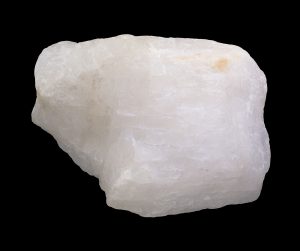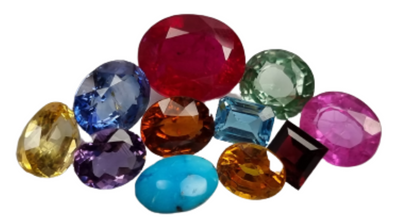Title: Cryolite: Unraveling the Mysteries of the Ice Stone
Cryolite, with its fascinating properties and unique history, stands as a mineral of both geological significance and industrial importance. Named from the Greek words “kryos” meaning frost and “lithos” meaning stone, cryolite has captured the interest of scientists, collectors, and industrialists alike. Delving into the realm of cryolite unveils a story of ancient uses, modern applications, and environmental considerations.
Formation and Occurrence:
Cryolite is a rare mineral composed of sodium aluminum fluoride (Na3AlF6). It typically forms in granite pegmatites and is associated with aluminum-bearing minerals such as beryl, topaz, and tourmaline. Historically, cryolite was primarily sourced from Greenland, where it was found in large deposits. However, due to depletion and environmental concerns, modern production has shifted to synthetic alternatives.
Physical Properties:
Cryolite is characterized by its white to colorless appearance and vitreous luster. It has a relatively low Mohs hardness of 2.5 to 3, making it relatively soft compared to other minerals. Cryolite is also notable for its low density and excellent electrical conductivity, properties that contribute to its industrial utility.
Historical Uses:
Cryolite has a long history of use, dating back to ancient times. It was particularly prized by the Inuit people of Greenland, who used it as a hunting tool to make harpoon heads. The unique properties of cryolite, including its hardness and resistance to heat, made it ideal for crafting durable tools and weapons. Additionally, cryolite was used in the production of fireworks and glassmaking, owing to its ability to lower the melting point of silica.
Industrial Applications:
In the modern era, cryolite plays a critical role in various industrial processes, particularly in the production of aluminum. It serves as a flux in the electrolytic refining of aluminum, where it lowers the melting point of alumina (aluminum oxide) and increases conductivity. Cryolite is also used as a solvent in the production of abrasives, ceramics, and insecticides. Furthermore, cryolite-based compounds are employed in the manufacturing of welding fluxes and flux-cored solder wires.
Environmental Considerations:
While cryolite has valuable industrial applications, concerns have been raised regarding its environmental impact. Traditional mining operations in Greenland led to significant environmental degradation, prompting the closure of mines and the implementation of conservation measures. As a result, synthetic cryolite produced through chemical synthesis has become the preferred alternative in many applications, offering a more sustainable and environmentally friendly solution.
Health and Safety:
Cryolite poses health risks to workers involved in its mining and processing due to its fluoride content. Prolonged exposure to cryolite dust can lead to respiratory issues and skeletal fluorosis, a debilitating condition characterized by bone and joint pain. Proper safety measures, including respiratory protection and dust control, are essential to mitigate these risks and ensure the well-being of workers in cryolite-related industries.
Conclusion:
Cryolite, with its rich history and diverse applications, continues to intrigue scientists, industrialists, and enthusiasts alike. From its ancient uses in toolmaking to its critical role in modern industrial processes, cryolite remains a mineral of enduring importance. As we navigate the challenges of sustainability and environmental stewardship, the story of cryolite serves as a reminder of the complex relationship between mineral resources, technology, and society.
Gemfame.com – Exploring the Fascinating World of Cryolite.
Buy Our Natural Gemstones Online at http://Gemfame.com Call for details at Mobile +91 9444456511, Landline +91 44 42333655.





